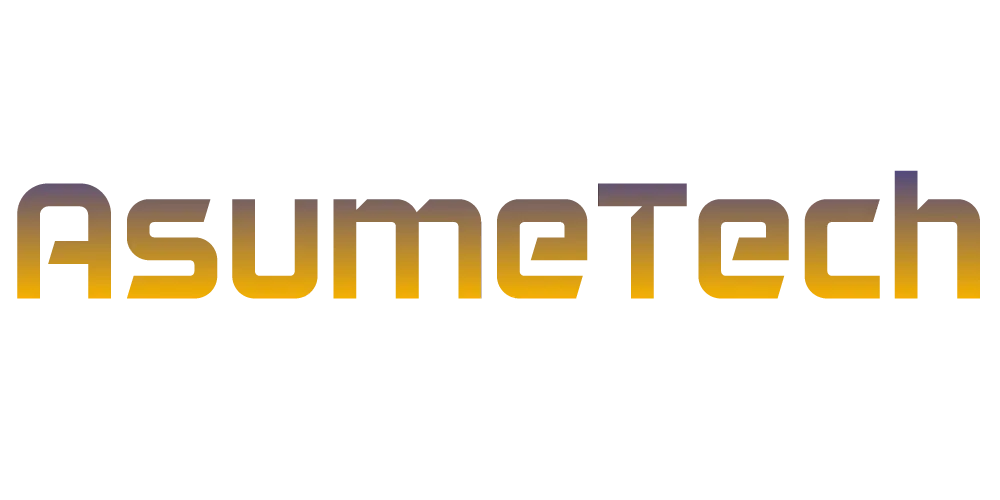Today the International Monetary Fund begins, for the fourth time in its history, to distribute to its members Special Drawing Rights, this time amounting to 650 billion dollars, equivalent to 456 billion shares – the largest historically – to its members below. form of Special Drawing Rights, which he decided to award earlier this month.
Fund manager Kristalina Georgieva said countries should use these allocations in responsible and wise manner in the interest of all citizens.
The SDR is an international interest-bearing reserve asset created by the Fund in 1969 as a complement to other reserve assets of member countries.
The value of the SDRs is based on a basket of international currencies consisting of the US dollar, Japanese yen, euro, British pound and Chinese yuan. SDR is neither a currency nor a credit on the Fund, but a potential credit on the freely usable currencies of member countries.
The Fund fixes the value of the SDRs on a daily basis in based on the number of fixed currencies included in the SDR valuation basket and the daily market exchange rates between the included currencies in this basket.
SDR allocations are distributed only to member countries that choose to participate in the administration of SDRs. All members of the Fund currently participate in it.
Possession of drawing rights
SDRs can be held and used by member countries, the International Monetary Fund and specific competent official bodies called “authorized holders”.
According to the Fund’s Statute, the role of authorized SDR holder can only be performed by non-participating member countries, third countries and official entities. There are currently 15 accredited holders, which are 4 central banks (European Central Bank, Central African Central Bank, West African Central Bank and Eastern Caribbean Central Bank); 3 intergovernmental monetary institutions (the Bank for International Settlements, the Latin American Reserve Fund and the Arab Monetary Fund); and 8 development institutions (the African Development Bank, the African Development Fund, the Asian Development Bank, the International Bank for Reconstruction and Development, the International Development Association, the Islamic Development Bank, the Scandinavian Investment Bank and the International Fund for Agricultural Development The general distribution of SDRs is a way to supplement the foreign exchange reserves of member countries by allowing them to reduce their dependence on more expensive internal or external debt in order to accumulate reserves.
Advantages of distributing special drawing arrangements
The SDR is a supplement to existing reserve assets to help meet a long-term global need and is one of the direct benefits of making a general distribution of the SDR allocation, and is in fact the purpose of these distributions under the Agreement establishing the International Monetary Fund.
This leads to an increase in the safety margins available and to a more solid international economy.
SDR is also a means of providing timely support to member countries that need it.
DSP distribution
The Fund distributed SDRs for a total of 204.2 billion shares (equivalent to approximately $ 318 billion), including three general distributions and one exceptional private distribution. Which:
Distribution of 9.3 billion units in rate annuals in the period 1970-1972.
Distribution of 12.1 billion units in rate annual in the period 1979-1981.
Distribution of 161.2 billion units on August 28, 2009, the largest distribution ever made to date.
– As part of an exceptionally special allocation, SDR 21.5 billion was distributed on 9 September 2009, correcting the inability of member countries that joined the Fund after 1981 to receive SDR allocations from membership of the Fund .
In addition, new members of the Fund are awarded SDRs when they participate in the administration of the SDRs.
Use of drawing rights by countries
Once the distribution is made, member countries can hold their SDR allocations as part of their foreign exchange reserves, sell them or use them in everything or in part. Member countries can exchange SDRs for any freely usable currency, with each other or with authorized holders, and this exchange can be completed in based on a voluntary agreement or mandatory allocation scheme applicable to countries with sufficiently strong external positions, which is the last resort resource for the Special Drawing Rights market. Since 1987, the SDR market has operated through voluntary agreements, without the need to activate the compulsory credit facility.
Member countries can also use special drawing rights in a range of operations they authorize, such as lending, repayment of commitments and execution commitments, and in operations and transactions to which the Fund is a party, such as paying interest on loans or repaying loans, or paying the decisive increases in membership fees.
the cost
The distribution of SDR allocations is “free”. It consists of two components: an increase in the allocation of SDRs (liabilities) for the countries participating in the SDR administration (all currently members) and a corresponding increase in their SDR holdings (assets).
The SDR pays interest on its holdings to each member country in SDR and collects fees at the same rate on its allocations, including the SDR interest rate.
Therefore, the allocation of SDRs is “free” for all member countries because the interest compensates for the commission in so that the bottom line is zero if member countries do not use their SDR allocation.
Read More About: Business News

